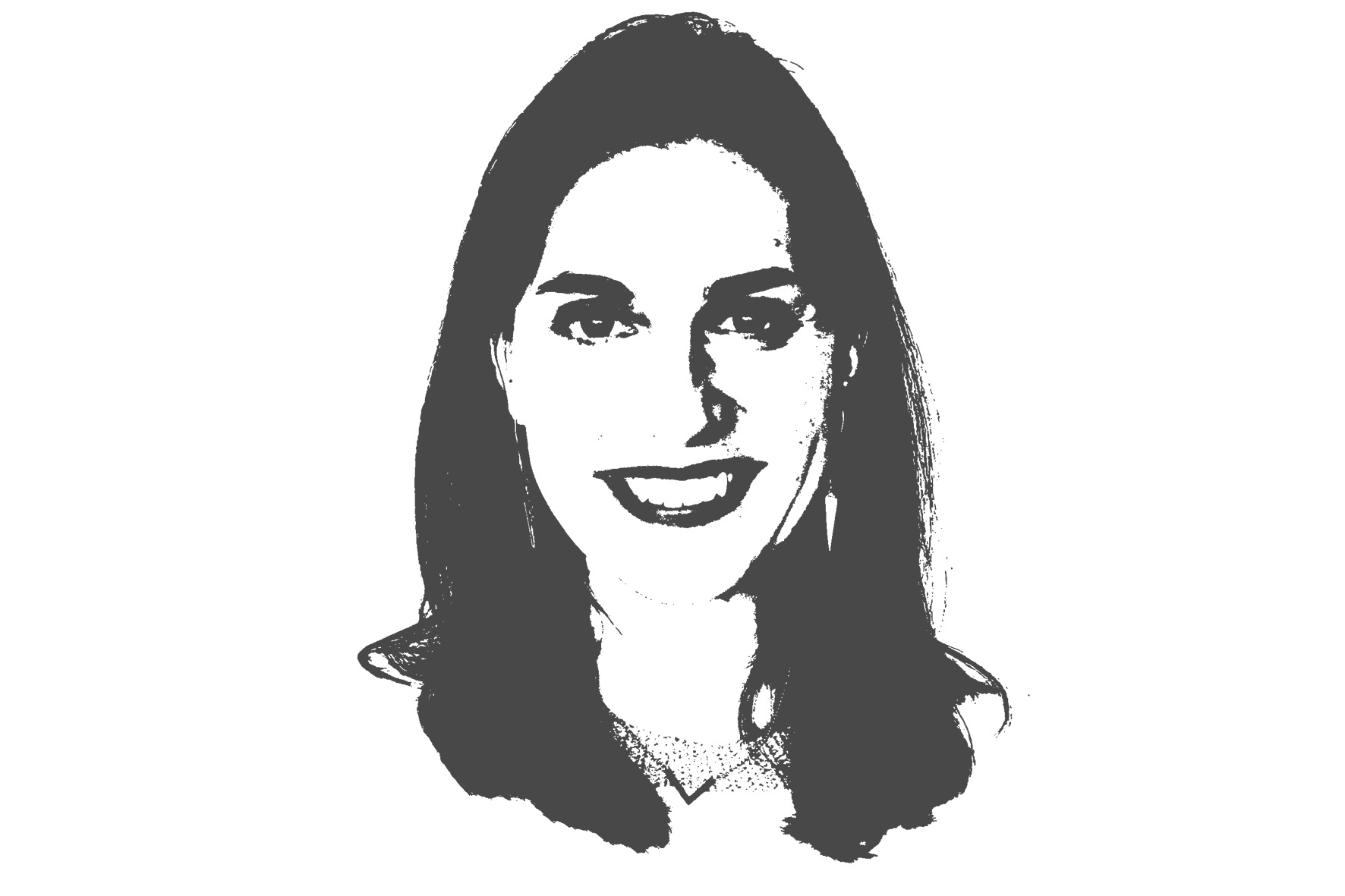Creativity: A Boundless Source of Personal and Corporate Innovation
Do you remember being a child? Surely many memories spring to mind, possibly about school, endless summers, friends, or family. Just as surely, regardless of exact context, they share a common central element that truly encapsulates childhood: Imagination and the ability to create something from nothing.
Our brains, designed to continually learn throughout life via blessed neuroplasticity, are endlessly stimulated in our early years, and they continue to stimulate us over time with every new idea they learns, forming hundreds of neuronal connections. How wonderful to grow up imagining and “creating.”
We all know what happens next: Adolescence, maturity, and then, from one day to the next, our lives settle into routines and we lose sight of our creativity. More accurately, we may lose sight of it, but it never really goes away. It simply lies dormant, waiting patiently to be awakened. Thus, one key idea I wish to express in this article is that creativity is not the exclusive domain of so-called “creatives” in the fields of art and culture, nor is it constrained to the advertising world or my creative peers therein.
Creativity is, and will always be, in high demand among professional skills in any field, regardless of the content of their work. In today’s world, where flexibility and adaptability are increasingly necessary for any kind of talent, creativity takes a leading role
Creativity is, and will always be, in high demand among professional skills in any field, regardless of the content of their work. In today’s world, where flexibility and adaptability are increasingly necessary for any kind of talent, creativity takes a leading role. And it is precisely because of the world we live in that creativity is required to solve problems, make decisions and think outside of our constrained, restrictive boxes. A second key point I wish to convey is that creativity spurs us onward and helps us better ourselves, each in our own field from our own unique perspective. If anyone disagrees, I’d like to see them explain how a lawyer defending their client or an accountant poring over a spreadsheet to fit numbers into an income statement are not exercising creativity.
Companies and those who form them well know this accelerated trend, where increasingly divergent thought is required to solve problems. Accordingly, our teams understand that even across a wide range of disciplines, boosting creativity directly affects results. A recent Forrester study analyzed the return on investment (ROI) of creativity as compared to the adoption of MartTech (Marketing Technology) or AdTech (Advertising Technology). Ultimately, researchers concluded that creativity can achieve an increase of up to 18 percent ROI over six years.
Creativity transforms companies in an incredible manner. In our highly digitized world, creativity pushes us to look for new solutions to boost relations with our audience, create new meanings and, in many cases, even develop new business models.
In fact, the study emphasized that “data, technology, means, and creativity should be incorporated on the structural level to solve problems, with creativity at the heart.” That right there is the key. We look for companies for which creativity is not the exclusive domain of a single department (often marketing), but where anyone and everyone exercises creative skills.
Gone are the days where creativity exists as an unmeasurable enigma or the subject of envy. Creativity is not an end, but rather the accelerated means to find a competitive edge.
Creativity transforms companies in an incredible manner. In our highly digitized world, creativity pushes us to look for new solutions to boost relations with our audience, create new meanings and, in many cases, even develop new business models.
This has recently happened to the banking sector, not unfamiliar to change to begin with. Current financial demands on users tend to call for products integrated into their own lives, contrary to the traditional banking model. Welcome to the era of “embedded” or “liquid finances,” where the focus is not on banking as a service, but as a seamless experience without barriers. Today, corporate technology, data, and creativity go hand-in-hand with banking products and services (a similar mentality to any start-up) to offer banking experiences without need for a physical bank. Taking out a loan on your mobile phone, instantaneously without having to jump between apps or links, all within the same digital environment, sounds like a dream.
When companies fully grasp the capacity and growth speed of ecosystem-based economies, as well as alliances founded on models of “coopetition” (competition + cooperation), it will become normal to see fintechs, telcos, retailers, mobile apps, and more offering joint products together with banks. At Banco Sabadell, we understand the Mexican market and appreciate these key factors, so we are hard at work bridging the API gap to make life easier and more convenient for users. Ideally, the bank should be the last thing they have to think about.
It is every company’s duty to invest in innovation and gain that competitive edge. In the same way, talent has a duty to utilize their companies’ creativity a bit more every day to stave off mediocrity. Because at the end of the day, who wants mediocrity in their teams?
